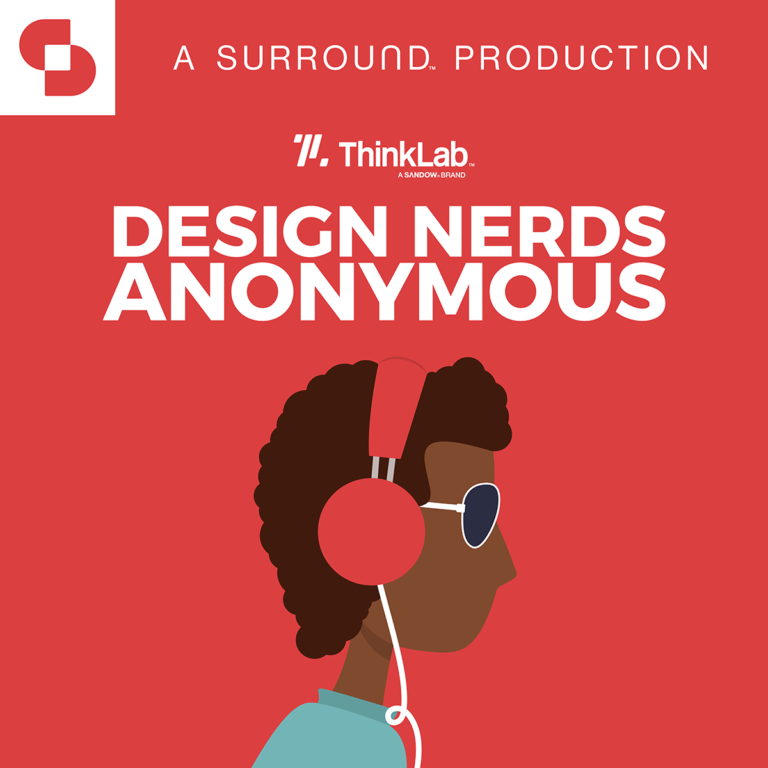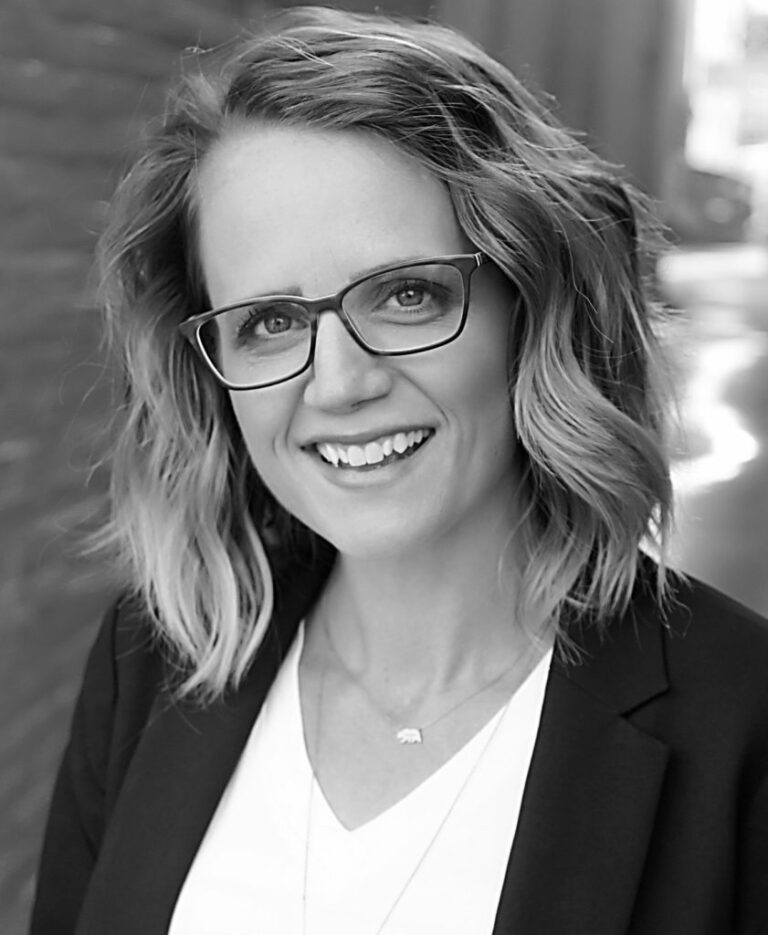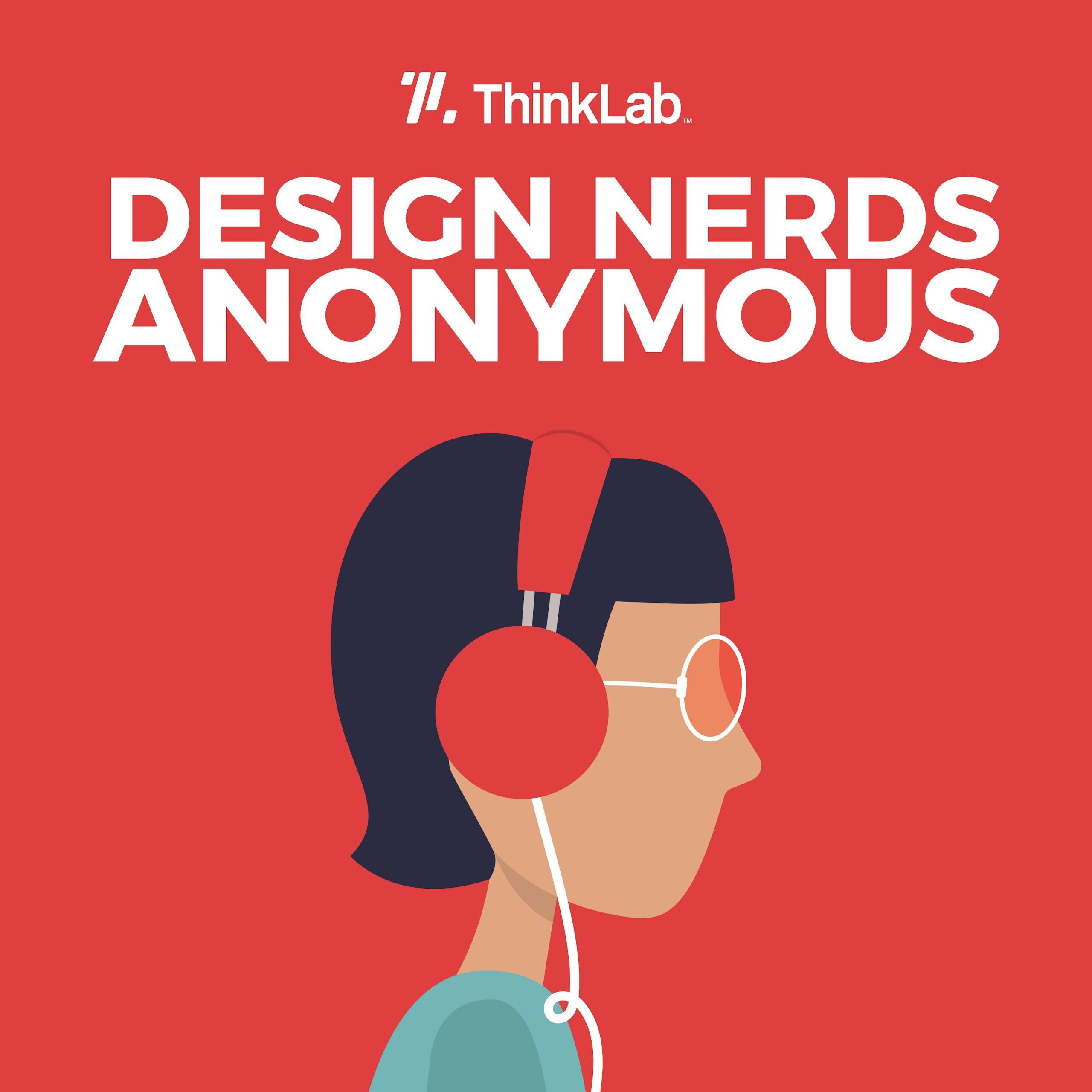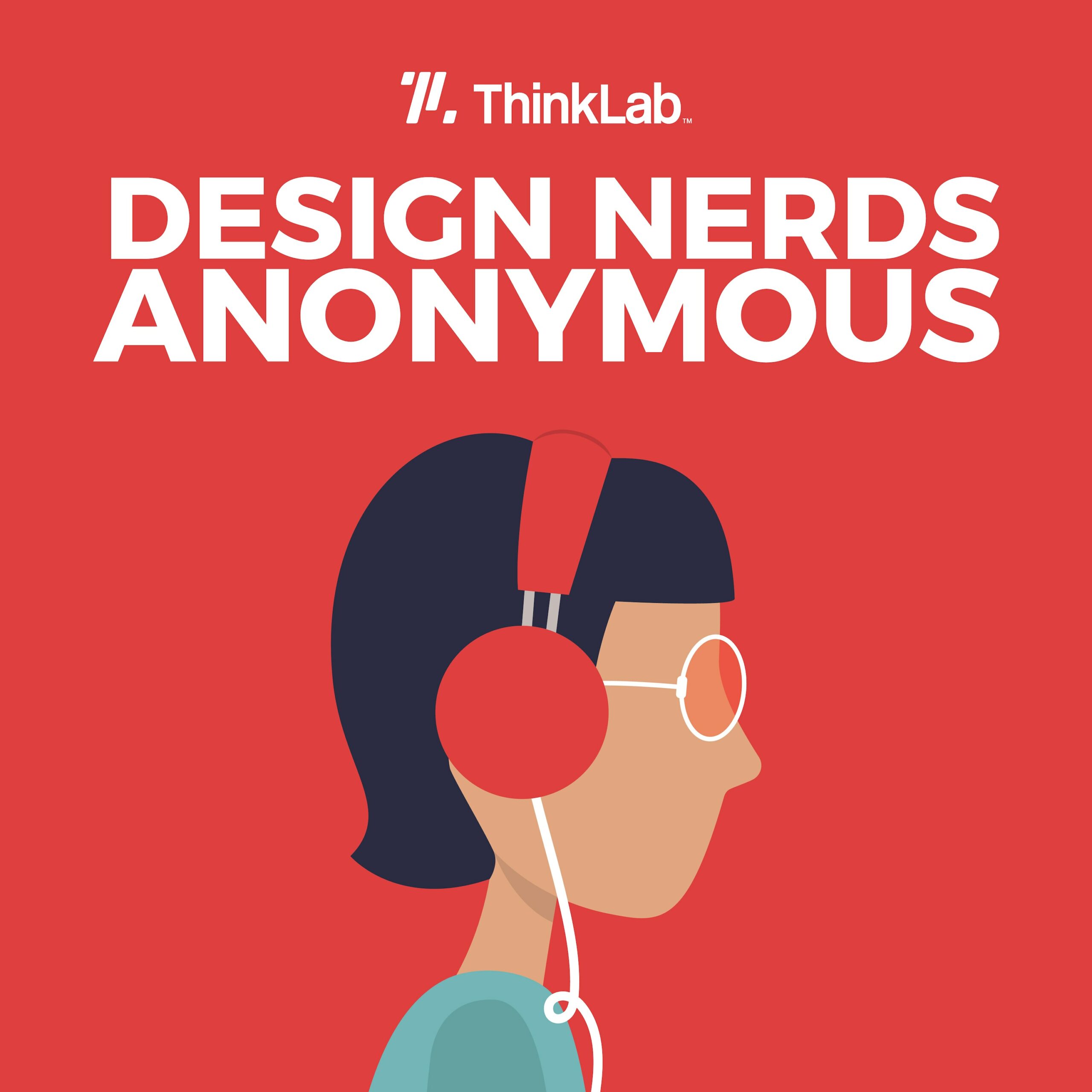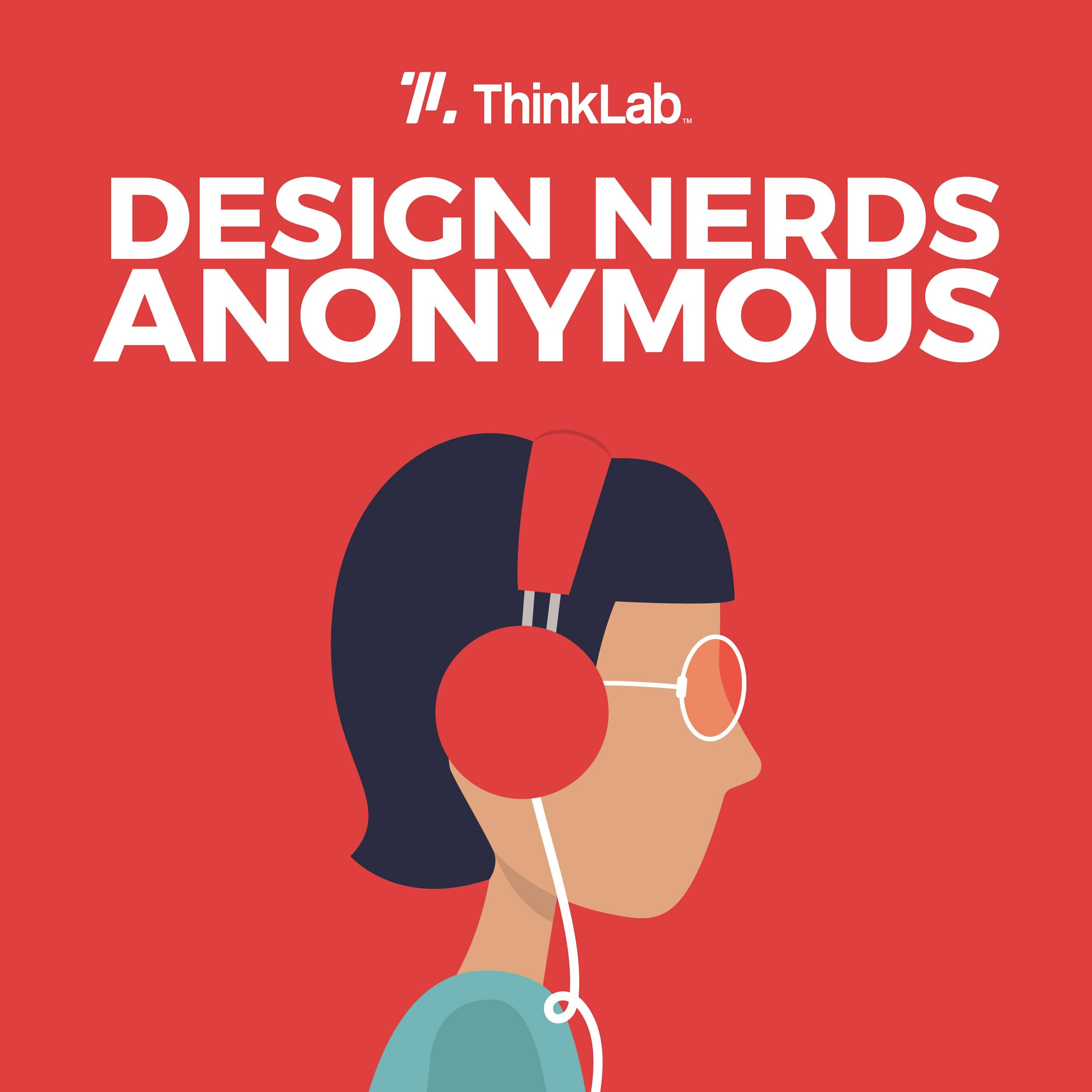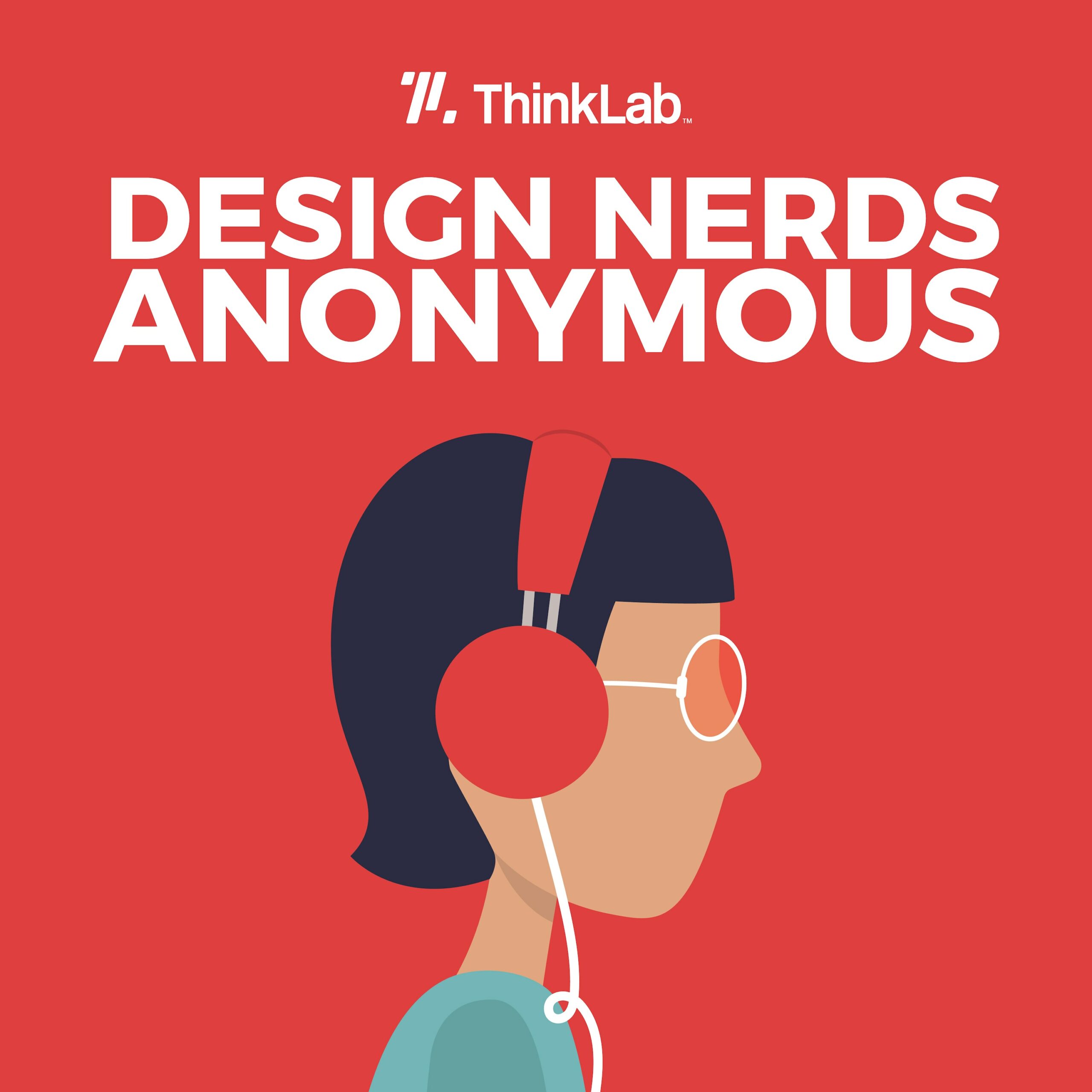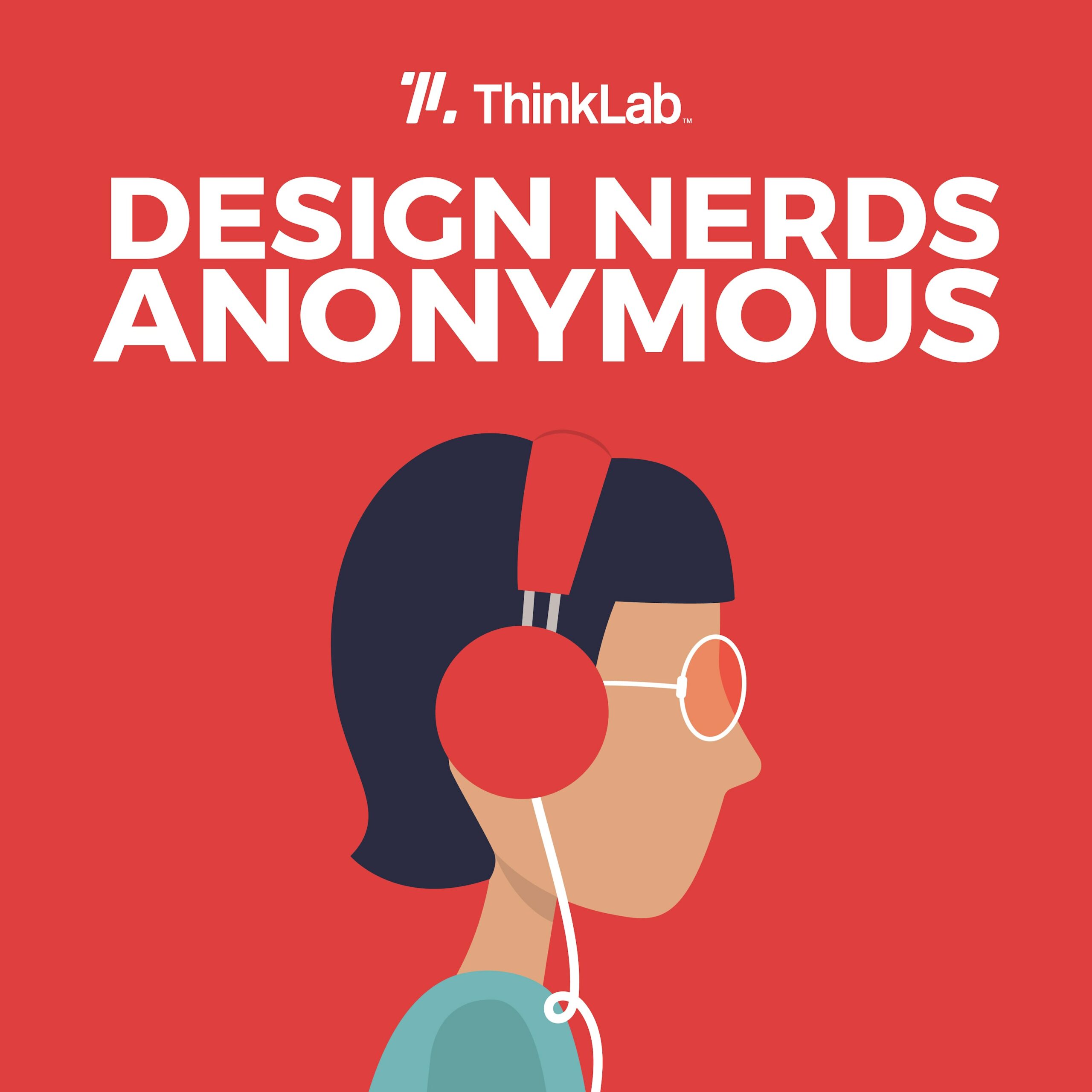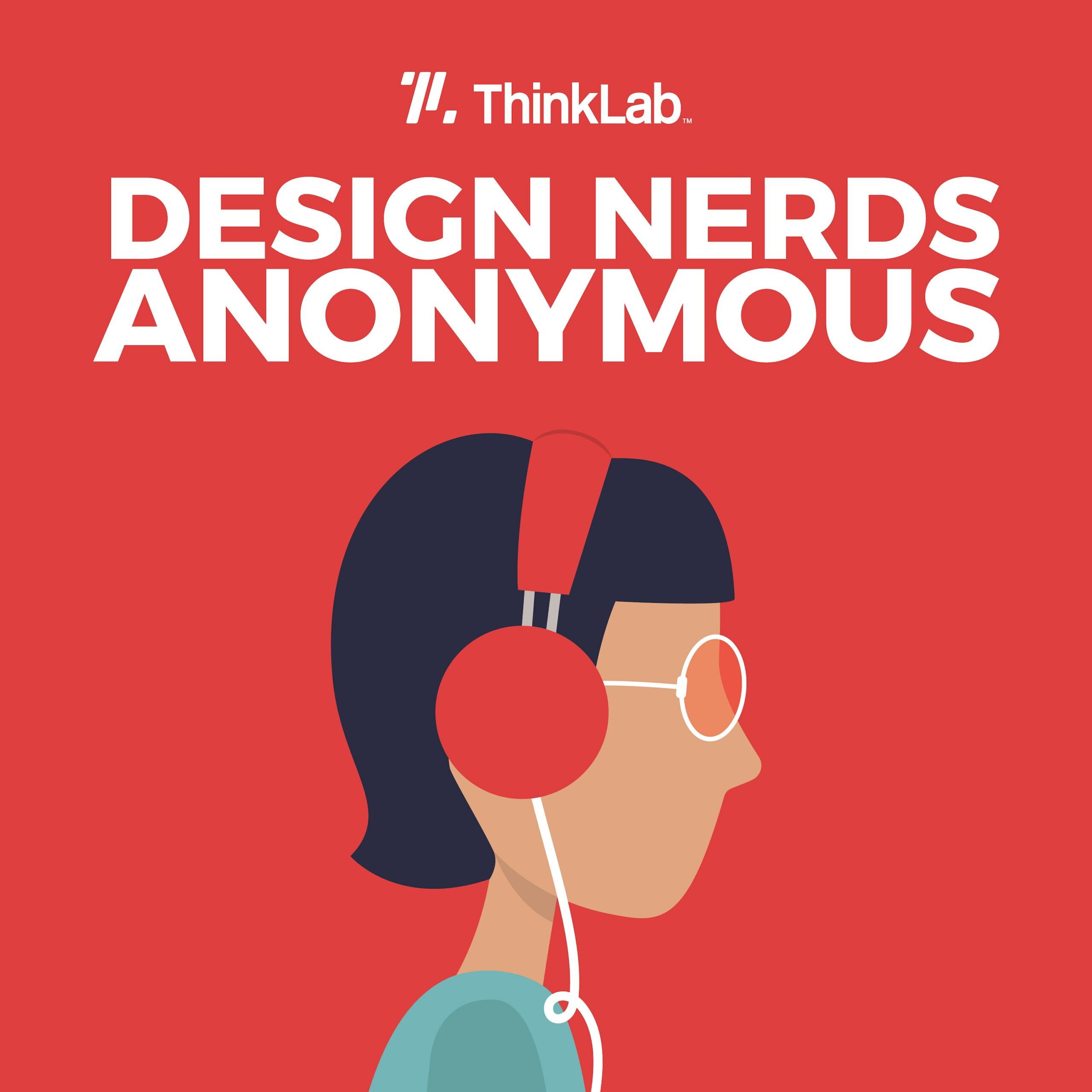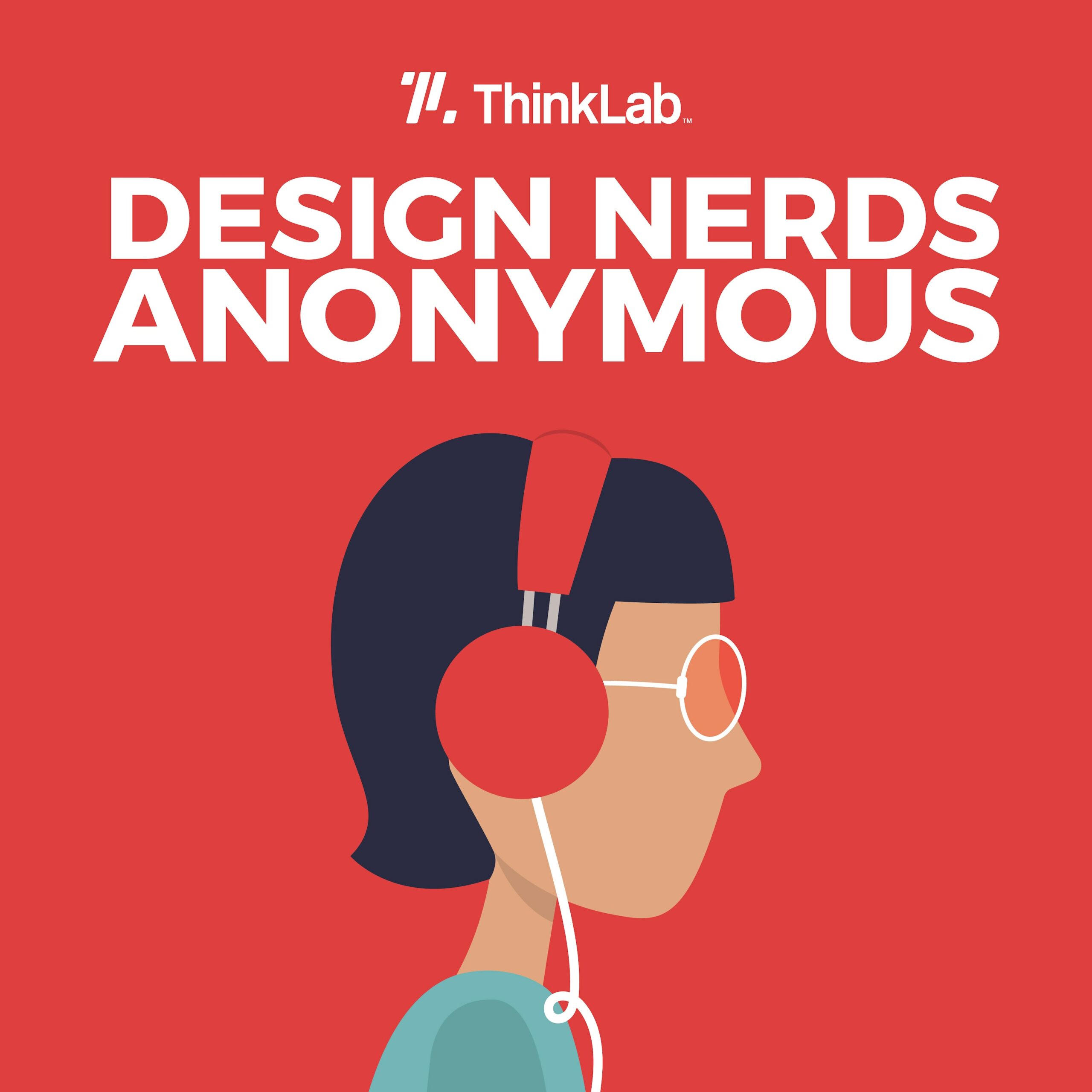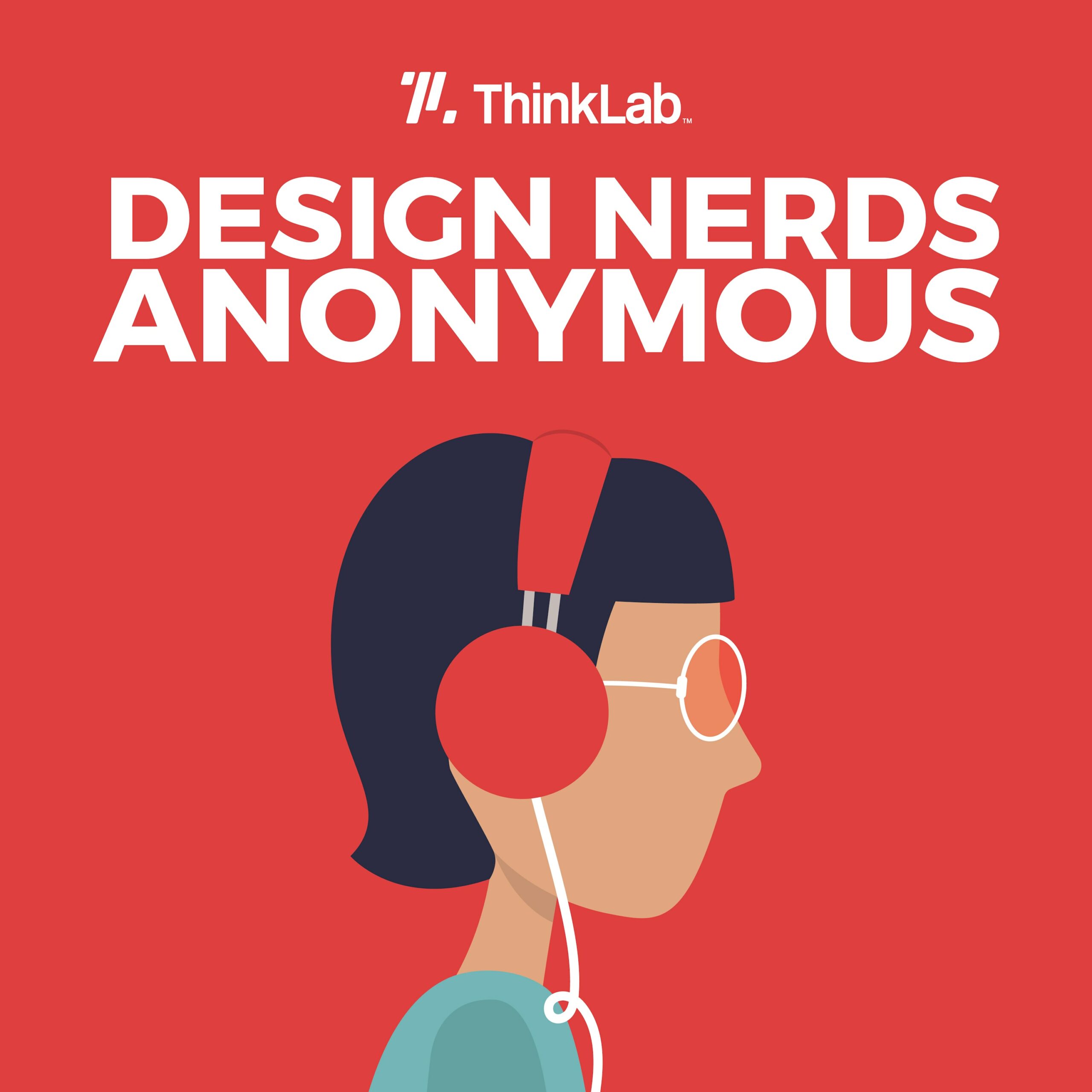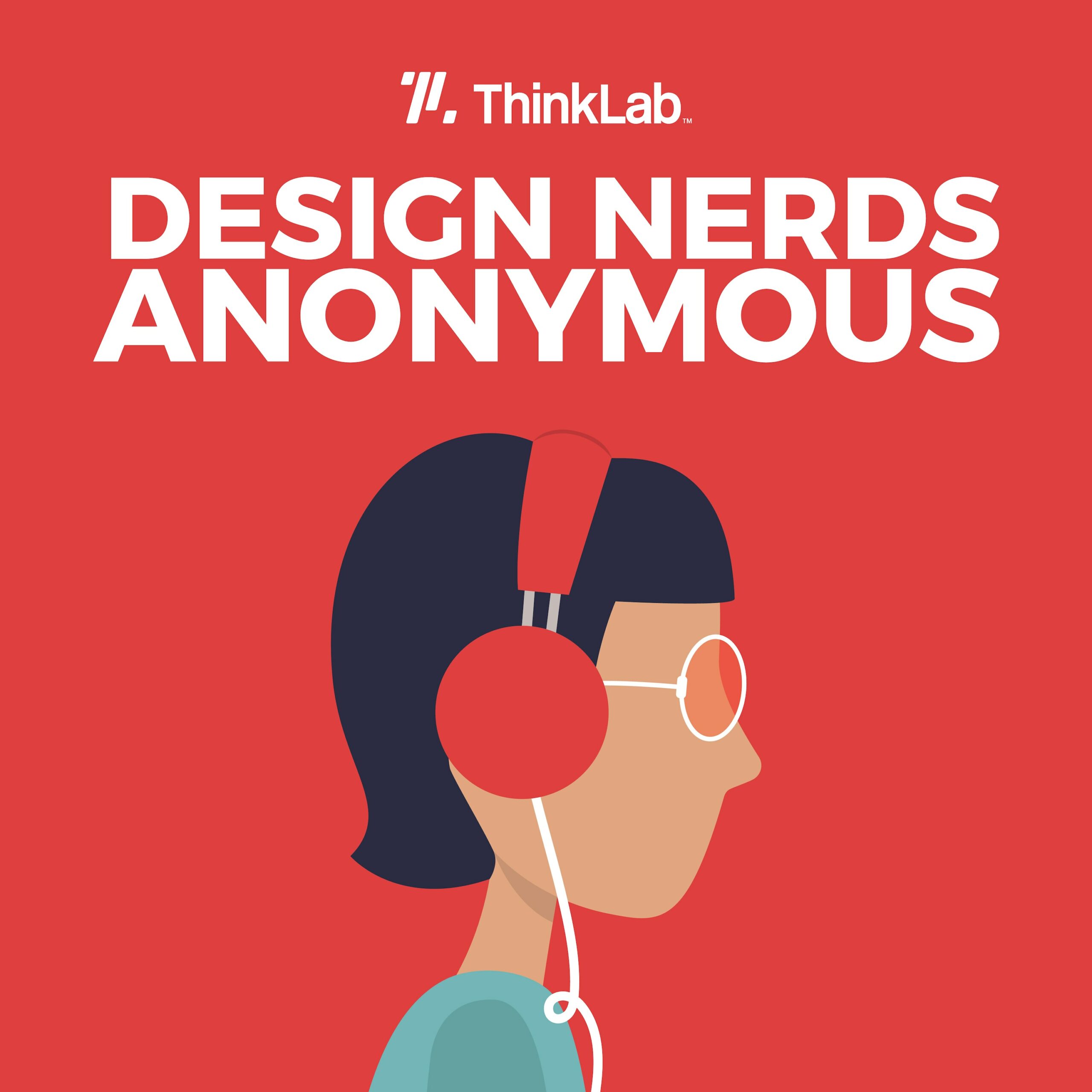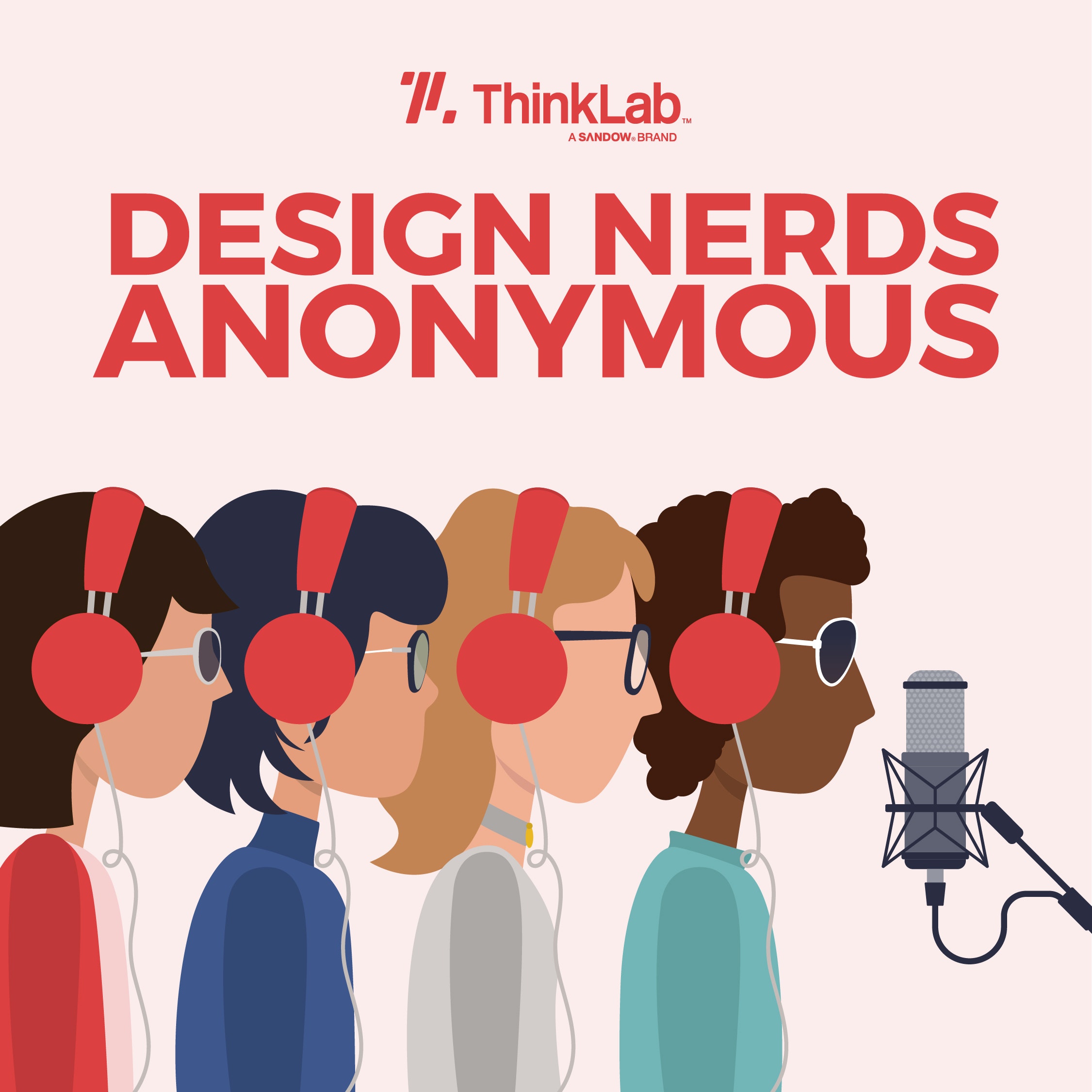Prepare to be captivated by a paradigm-shifting discussion that explores the fusion of innovation and change surrounding office culture and collaboration. In this episode our guests Brian Elliott and Sheela Subramanian, co-authors of the groundbreaking book How the Future Works, offer their unique perspectives on reshaping the workplace narrative.
Also, learn what our friends Bill Bouchey and Isabel Das from Gensler have to share about ways to bridge the gap between the physical and virtual cultures in your workplace.
Key Takeaways:
- Shift from Place to Purpose: Shift your focus from the confines of the workplace’s physicality towards valuing the excellence of work and its execution. This shift emphasizes the importance of work itself over the location.
- Generational Differences and Learning: Explore the varied work methodologies shaped by different life experiences of different generations. Delve into how younger generations, raised in the digital age, adeptly leverage digital tools to enhance collaboration and foster connections.
- Culture and Connection: Discover how to bridge the divide between in-person and digital interactions by prioritizing the development and sustenance of a robust company culture.
Make sure to subscribe so you don’t miss our upcoming episodes!
(Please excuse any grammatical errors in this transcript as it was auto-generated from an audio file.)
Welcome to Season 5 of Design Nerds Anonymous, the podcast that sparks curiosity at the intersection of business and design. I’m your host, Amanda Schneider. Get ready for our biggest season yet with an extraordinary lineup of authors from outside the industry, TED speakers. Business leaders and more, all chock full of wisdom and insights.
You’ll also hear from leading minds within the design industry to help you apply what we’ve learned. Every episode in this season is packed with knowledge handpicked from six months of intense research during ThinkLab’s most recent design hackathon. We’ve delved deep into how the ripple up effect of Gen Z is set to drive change.
In today’s episode, we’re focusing on our biggest overarching topic, culture. In chapter one, we’re honored to have two of the exceptional authors of the book, How the Future Works, join us. They’ll help us unpack new research around why some leaders feel it’s more difficult than ever to build culture.
Spoiler alert, it’s probably not why you think. Then, in chapter two, we’re joined by Gensler, The top INTERIOR DESIGN Giants of Giant design firm, we chat with two multi-generational design maestros who explore the exponential power that listeners possess to implement these mind blowing ideas, not only within their own business, but also with their clients.
So, whether you’re a budding designer, a business leader, or simply hungry for knowledge, this episode will have something for you. But before we begin, let’s give a big shout out to our incredible sponsors who make this podcast possible.
All right, my fellow design nerds, let’s meet our chapter one interviewees and hear some of their favorite insights from the book.
[00:02:09] Brian: I’m Brian Elliott. I’m the co-founder of Future Forum, and co-author of How the Future Works, along with, Sheela Subrmanian and Helen Kupp. from a book perspective, one of my favorites around creating connection is just the realization that connection culture, happen everywhere, every day.
In every, interaction that you have with people and with your team. I think a lot of executives, like myself, who are a couple of decades of tenure tend to think of it as the all hands that you have or the slogans that are on the wall when the reality is it’s the way that you treat people day in and day out.
It’s whether or not they feel like their voice is being listened to inside of an organization that really determines the type of culture, that you have as an organization and whether or not people feel like they’re actually connected, to that company.
[00:02:49] Sheela: My name is Sheela Subramanian and similar to Brian, co-founder of Future Forum, most recently vice president at Slack. co-author of how the Future works as well. And I would say that, one of my favorite insights from the book is how we talk about flexibility. Similar to hybrid flexibility is also a trigger word for many leaders right now.
And what we talk about in the book is that flexibility’s not just where you work, it’s when you work. It’s how you work, and ultimately it’s about choice. It’s about empowering employees to do their best work and live their lives. And so when I think about culture, I think about how people interact with one another, how they work together, how leaders lead.
And flexibility is premised on choice. It’s premised on trust, and it’s a huge influence in terms of the culture that you’re looking to build as you build more resilient organizations for the future.
[00:03:44] Amanda: I want to start with one of my favorite insights from your book, which is, stop saying Hybrid.
especially for our audience that’s focused on designing physical space, I think it’s one reason that this hybrid word is so triggering can you explain what you mean by digital first and how that helps create culture?
[00:04:01] Brian: one of the challenges with hybrid, and this is in part what Sheela was getting at, is we talk so much about flexibility and where people work, and hybrid tends to talk about that location access. The other big challenge with hybrid is it becomes an excuse, I think for a lot of organizations, O we’re hybrid becomes this thing that you start hearing that makes it sound like, because we’ve decided that three days a week, Mondays, Wednesdays, and Thursdays are the days in the office that everything has been solved.
When in the reality is that type of top down one size fits all mandate really doesn’t work for a lot of teams and a lot of organizations. And you can see this both in the resistance that people have to it. And the real challenges that it’s creating, for organizations. The bigger thing that I think underlies a lot of this is going back to culture and connection and thinking about what type of organization you want to be.
And sometimes when some senior executive says, oh, we’re hybrid, what they’re really looking to do is paint a. Thin veneer over the fact that what they really are still is office centric. They still are going to be rewarding those that show up in the office most often with new opportunities and new ways, and with potentially promotions.
Digital first says, what I’m going to do is I’m going to create a level playing field. I’m going to focus first on the fact that in almost any organization past a thousand people, not everybody works in headquarters in the first place. I want a level playing field for everybody to be engaged in the organization no matter where they’re located.
And I’m going to think about digital tools as a way in which not only do I connect with one another, but I share knowledge and information. Then not everything has to become a meeting. So digital first for us comes back to the fact that flexibility needs to be about when as well as where, and it needs to actually be the way in which you think about every aspect of your operation.
[00:05:43] Amanda: Sheela, anything you’d add to that?
[00:05:45] Sheela: I think this is an opportunity for leaders to get more creative. For them to rewrite the plain book in terms of what good leadership looks like and shifting from office centric to digital first, as well as, from being c e o centered to people centered.
Those are two major shifts that leaders need to make right now. And I just want to acknowledge that change is hard and also that we’re in the middle of this great experiment. Like we have not figured it all out yet. It’s worth acknowledging that the growth mindset, the experiments are really important as we navigate what the future looks like.
[00:06:17] Amanda: sure, change is hard, but why do you think this is so hard for everyone to get their minds around?
[00:06:23] Sheela: Oh my gosh, Amanda, if you could see my face the number of times I’ve heard, now it’s time for everyone to go back to work, and it’s like, what have we been doing for the last three years? We’ve all been working, we’ve all been productive. It’s just that the way that we have worked has changed. And I think that shift has been really tough for many leaders to make because their experience diverges from the rest of our experiences.
And a big part of that is confirmation bias. What we see from our data is that two thirds of executives are not necessarily including their broader employee base as they’re figuring out what their future of work policies look like. Two-thirds, and as we said, a future forum. ’em, it’s like operating as a focus group of one.
What we recommend instead, and we write about in the book is asking for the experiences, the insights from people across levels, across locations, across different parts of the organization to develop a more, reflective, diverse point of view of what these policies should look like. in addition, I think it’s really critical, for us to realize that work is not one size fits all.
My day is very different from your day and very different from Brian’s day. And it doesn’t necessarily mean that our policies need to reflect that and assume that we’re all the same. So instead, it’s really critical for leaders to then delegate some of this power to their managers to figure out what works for their specific team.
But what we’ve seen from our data at Future Forum ultimately is the reason why this is important is that talent is still number one and it’s top of mind for CEOs. And 75% of the desk workers we’ve surveyed, they’re open to looking for new jobs. If they’re not happy with our current levels of flexibility.
So it’s critical for us to make the shift from command and control to trust and transparency. And I think that, Katarina Berg, the CHRO of Spotify, puts it best when she says, if you hire adults and treat them like children, this whole thing is going to backfire. And I think it’s a big shift to make from treating employees like how we have historically to actually treating them, like adults and leaders are still grappling with what that looks like.
[00:08:28] Amanda: I think what’s hard for a lot of leaders from my perspective to get their heads around is how to individualize everything without making everything so custom that it’s impossible to manage.
I wonder if you could talk about the tangible ideas from your book about how to listen to those employees without making it a business that is impossible to serve.
[00:08:49] Brian: it’s an understandable set of concerns because the top down mandates, the one size fits all mandates aren’t working. But a 30,000 person organization with 30,000 individuals each making their own individual choices, that kind of free for all, is also really challenging. So you got to find that nexus in the middle, which usually is at the team level, but getting there, you’ve also got to support people.
the starting point for most organizations that we’ve worked with and we’ve seen implement these programs successfully is principles and guard rails. Principles are being really clear with your organization about what’s most important to you. And that can be things like flexibility, which actually we think benefits our ability to hire and retain talent from more diverse, areas, but also from broader geographies.
It’s also things like we actually believe in creating a level playing field. and then guard rails. What are the extremes of the behavior? So I’ve seen a lot of organizations, for example, say, teams can set their own team level agreements, but here’s the minimums and maximums that we’d like to see.
For example. We actually think that it’s important that teams get together at least once a quarter, and so we’re going to fund ways in which teams can do those kinds of once a quarter gatherings in person to build deeper, richer connections. On the other hand, we know that executives need to lead by example.
We don’t want the executives coming in five days a week. So we’re going to put speed limits on the executives to help them lead by example in ways that are going to be instructive for the rest of the organization. So those kinds of guard rails are really helpful. And then you’ve got to get tactical, and that’s where the real action comes in, which is how do you help teams figure out the right rhythms and patterns for them?
Not only around things like how often do we get together, but really much more importantly, why? What’s the purpose behind us spending time together and when we have meetings, what should we be using our time together to accomplish as opposed to just falling into our calendars on a day in, day out basis.
[00:10:36] Amanda: as you talk about some of these shifts and reframes, Can we talk about the physical office a little bit? Because I think that some of that provocation between, maybe the reaction to hybrid work and the reaction to some of the, this customization is the idea that, it’s somehow in the subtext that none of us are reading, that the office is dead if we go to hybrid work, that the office is less important.
So let’s talk about the office as a tool. Why is the office today important and how is that shifting?
[00:11:05] Sheela: what we are seeing from the data is that it’s not that going digital first means that the office is dead. It means that it’s taken on a new role. it shouldn’t be a place for us to show that we’re working and do solo focused work. Rather, what we see from our research is that three fourths of people who do want to connect regularly and go into the office want to do so to foster connection, to collaborate, to build comradery.
But that takes a different life than sitting on your laptop with your headphones on, showing that you’re working. And so I think there’s a really big opportunity for those listening in terms of design with regards to how to bring people together, how to help them build trust and camaraderie with one another, how to foster that connection so that when they come into the office, they’re building that culture, they’re building those relationships, and then they can have the in the office message where they’re focused on that.
And then they can use their home or cafe or whatever is most appropriate for them to do the solo focus work that is critical for their jobs.
[00:12:05] Brian: Amanda, for your audience specifically, we spent 20 years as leaders and organizations decreasing the average square foot per employee by 50%, putting more people into open office floor plans, which there’s plenty of evidence out there we’re less effective because what happens is people don’t interact more, they interact less because they spend their time with their headphones on attempting to find some way in which they can focus to get their core work.
Done. What we need to do is flip that, flip the 60-70% of the office that was for heads down work to being 60 to 70% for heads up work for the interactions that we want people to have together in the time they want to spend. And the good news is people want to do that. Vast majority of people don’t want a fully remote experience in the same way that the vast majority of people don’t want a fully in the office experience.
Most people want to come together one or two days a week. With their team, but they want it to be for more purpose-driven activities. They want it to be for things that are around mentorship, around learning and development, and around socialization, which is actually one of the biggest drivers in the first place.
So redesigning and rethinking the role of the office to be for shared communication, but also for building community is a really important role.
[00:13:12] Amanda: I’d love to dive into some more advice for how to create culture. Even a lot of the leaders that we’ve talked to as part of this hackathon process that this podcast season is built upon, they’re ready for hybrid and they really want to dive into hybrid, but they’re saying it’s tougher to build culture in a hybrid era.
And I wholly agree it is tougher because we’ve had decades and decades to do things in a physical office where we’re all face-to-face and we’re new to this reframe so let’s talk to our savvy individuals that are really ready for hybrid work, but maybe struggling with the how, what are your top three tools or methodologies that can replace some of those things. they’re missing when it comes to culture creation as they’re not physically face to face as often as they once were.
[00:13:54] Sheela: I can give three lightning round ones
[00:13:56] Amanda: All right, let’s do it lightning round.
[00:13:57] Brian: Go for it. Go for it.
[00:13:59] Sheela: the first one is that happy hours work for some people, the culture worked for some people before. Design your culture, design your workplaces to best accommodate the most vulnerable in your employee base.
Don’t base it on your own experience. That’s number one.
Number two, there is power in conversation. Empower your managers to build team level agreements in terms of how they want their teams to work together to communicate, to debate, and make sure that they’re updating those team level agreements, at least on a quarterly basis.
Last but not least, we talk about this in the book, personal operating manuals. Make that be the first conversation you have with a new hire.
Learn more about how they operate, what motivates them, what does it motivate them, and share your own as well, so you can have that vulnerable conversation from the get-go rather than learning how to work together through trial and error.
[00:14:56] Brian: I can build on top of that, first thing, just in terms of overall context setting, this whole hybrid, flexible thing, distributed teams have been with us forever. I’ve had teams that I’ve been working with or been managing and leading for over two decades now, where the teams themselves have not been in the same city, let alone in the same building.
So finding ways to build connection among them is really important. One of the things that I think a lot of leaders forget is that, Five minutes of conversation you have in the office before the staff meeting, you can do that virtually too. So starting off and kicking off every staff meeting with an icebreaker question that can, make it social, make it fun.
It’s a way for people to get to know one another better. What was the worst haircut you’ve ever had? What was the worst job you ever had? What’s your go-to karaoke song? Oh my God, I can’t do karaoke, whatever it is. We’ll get people talking and having conversation.
The other is, Really thinking about how you manage hybrid meetings.
and I did this even, back in my Google days where your teams distributed all over the place, assigning one person to be the hybrid meeting manager. So if you’ve got a team that’s 10 people sitting in a room and five people dialed in, someone in that room that’s watching the screen, that’s helping, that’s dialed into the meeting, remotely.
That’s helping mediate the conversation to make sure that those voices who are dialed in are able to get into the room and hear back vice versa, those little steps. Icebreakers, things like hybrid meeting moderators can go a long way towards helping people feel like they’re part of the one team regardless of where they’re located.
[00:16:24] Amanda: I think what’s interesting about this team level agreement, And the personal operating manuals is that it’s opening up discussions for things people just accepted that, have always been there and we haven’t even thought about questioning in the past. Do you find people struggle with those or do you find a lot of people have those?
[00:16:40] Sheela: about schedule flexibility, like there’s the deer and headlights response of, but I have so many meetings. I play Tetris every day with all the meetings I have, and that’s where I think, the principles and the guardrails come in, because what executives do, people will pay attention to.
I would say in terms of guard rails, the the framework that we encourage leaders to think about in terms of meetings is the 4D. If a meetings to discuss, debate, decide something specific, or develop your employee, keep the meeting. If it’s a around the horn or a check-in, bring it into your digital tools, do it asynchronously. And what we have found with that 4D framework is that it actually eliminates over half of meetings that are usually like, status checks and gives people the time to do their actual jobs.
[00:17:30] Amanda: meeting Tetris. that’s fun. I also love, Brian, that you mentioned, the icebreakers, because I feel like, we tend to take things that maybe worked, maybe didn’t in real life and then just try to do the same thing digitally.
I think reframing those for the digital era not only rethinking how they happen, but what’s the point of them and what’s the best outcome I agree with that.
[00:17:53] Brian: Meaning lot of the executives that are often setting policy to Sheela’s point, if two-thirds of executives are setting policy directly engaging their employees, I. usually missing is the fact that their employees often do not look like them. Demographically, geographically, lifestyle, gender, everything else. But also a lot of those employees who are now two generations into it are digital natives. They’re very used to maintaining relationships, if not building them through digital tools.
And so that can be challenging. That can be hard for executives because it says, I need you to learn a new tool or a new skillset here. I’ve seen and heard this a lot, this phrase executives that I get all the time, feel like I have my finger on the pulse of the organization because not enough people are back in the office.
And what a lot of those executives also say is, if you want to reach me, you can email me because I’m not in Teams or Slack. I just won’t, I won’t do it. And the challenge with those executives, they’re missing out. They’re missing out on the social conversations but they’re also missing out on a lot of the action in terms of.
The actual status of projects and what’s happening and where things are, and if they actually started getting into those tools and spent more time there. your employees also would see you being engaged and feel more engaged with you in return.
[00:19:03] Amanda: I think that’s an important call to action to not only changing your people, it’s also changing yourselves. I still feel like everyone is triggered also by the word digital. So I would love for either of you to react to why you think this digital is seen as such a negative, because I see it as a benefit for so many reasons.
[00:19:21] Brian: one thing that I would throw out there from a future form research perspective is a lot of assumptions made about younger employees that I think are false, some of which is the usual stuff around, gen Z or slackers a term that got used for my generation Gen X way back in the day. It’s simply not true. they may have different orientation, but they’re equally interested in career development.
The other is that those groups also they’re the least likely to want to be fully remote or fully in the office. They’re the ones that are most likely to want something that’s in the middle because they want to interact, they want the socialization aspects of it, right? So they want the in real life as well as the digital side of it.
I do think that digital tools create challenges for executives. In part because it’s the fear of openness. It’s the fear of moving from a, set of cultures that were driven by, being centralized and knowledge centralized and that’s the way that you advanced to a open, way of communicating. and that can be hard. And because it’s feeling like you’re giving up that, that, centralized power and you’re not sure what you’re back in return, the usual answer to that is you’re going to get a lot more engagement and buy-in by your organization and you’re actually going to get a faster pace of change out of your organization too, they know what you know.
But that can be challenging on its own, let alone getting into all the potential challenges around employee engagement and culture and questions that people are asking about their employers around policies that they want executives to engage in through digital tools.
[00:20:42] Sheela: prior to the pandemic, much of the conversation was, how’s my life going to fit into my work? When I was in business school, the conversation was how are we going to burn the candle on both ends till we’re 50 and then reacquaint ourselves with our friends and family? And the last few years has flickered a new light in many people’s lives.
And now the conversation increasingly is, how is my work going to fit into my broader life? How do I live a richer, fuller life rather than how do I climb that ladder? technology is one component of that.
But I would say that the shift has also been made from work-life balance to technology enabling a different sense of work-life fluidity. And I think it’s an important shift that, that we need to continue to acknowledge, as technology takes over different aspects of our lives.
[00:21:28] Amanda: Absolutely. And I love the idea of looking at technology as a friendly ally to help us focus on those human elements, aside from reading your book, anywhere else they can follow you to stay in touch with your journey?
[00:21:39] Brian: best way to find the book is how the futureworks.org. You can go there, you can go to Amazon as well and find it and buy it there. best way to follow me is on LinkedIn.
[00:21:48] Sheela: same. I’m on a little bit of a social media detox right now, but I will resurface on LinkedIn soon. And if you want to get in touch, feel free to send me a note.
Amanda: All right. That conversation with the authors of how the future works was mind blowing. We’re just getting started in chapter two. We’ll dive in with top interior design giant of design Gensler to help us move these ideas from theory into practice. And what gets me truly excited is your exponential potential, dear listener, to put these ideas into action.
Our industry has so much influence. So how will you use yours as you listen, think about your own company, your clients. Maybe a peer. Who do you know who can benefit? All right, here we go. Let’s meet Bill and Isabel from Gensler.
[00:22:40] Bill: I’m Bill Bouchey, design director with Gensler in the Los Angeles, practice. I’m a workplace focused, design leader, but have experience and bring other influences to the work that we do in workplace from hospitality built environment, amenities, lobbying experiences, retail branding as well, because those all roll up into an experience.
I think my biggest takeaway is that we need to stop. Worrying about the physical environment, the workplace, and put that aside. We really need to isolate the most important thing, which is the quality of work. If we can focus on the quality of what work is and how work gets done and not the place that it is occurring in, I think we can make work better.
For more people, and it rises to the top of being the most important thing in terms of purpose driven focus, to increase engagement and an experience of work no matter where it occurs.
[00:23:36] Isabel: I’m Isabel Das. I’m a technical designer here at Gensler Chicago office and being part of the Gen Z generation entering the workforce, I’ve only been here for a little over two years now. I think this discussion of culture and workplace is huge because it’s very different than It has been in the past, not only from Covid, but just from our different goals as a society. and so it’s really interesting to talk about the shift in culture and shift in the workplace with that lens of generational change in mind.
[00:24:09] Amanda: I want to prompt that, Isabel, because one of the moments in the hackathon that really sticks out is, as we talk about this transition to hybrid, is there was a group that said, basically, I’m paraphrasing here, that hybrid is not hard. this is just the way we’ve always existed. This is not an US issue being some of our younger generations that were participating, this is a them issue, meaning it’s a change management thing for older generations. So I know, right? A little bit painful. But Isabel, I’d love for you to start and then Bill, I know you’re going to have something to say to that too.
[00:24:39] Isabel: what’s really interesting is that Gen Z and these generations coming up, we don’t know what the traditional workplace was like. We were in school, we were part-time starting, during the pandemic, completely remote. So there’s no Baseline for us to go back to.
And I think that’s huge when we’re looking at what the future of the workplace can be. Because while it looks like we’re coming in completely ruining everything that the older generations have established, it’s actually learning from both ends where these older generations that have these traditions and norms can learn from Gen Z, on how to integrate these digital experiences.
but it goes both ways. I also think Gen Z can do a lot of learning in How to have a more professional side.
[00:25:25] Bill: I would say that, I’ve been a distributed worker for a long time, right? Regardless of generation and age. it’s a successful strategy for working with teams in different time zones, cities, and different attitudes about how they get work done.
I would say that the differing that each of the generations. Comes to the table with differing expectation, levels of emotional satisfaction around in-person thinking, ideation, and work.
And I think some of the friction occurs around that expectation. And I think that expectation has to be unpacked. And the gift that the pandemic gave us is for. Older generational thought leaders and managers to be unpacking more facilitation, younger generational knowledge workers and employees to be embracing that.
When I looked at the book and listened to the podcast, I think that, that personal operating manual as an example is the exact. Universal passport that defies all generations.
[00:26:29] Amanda: for our listeners that may not have read the book, can you explain what that personal operating manual is?
[00:26:35] Bill: Yeah, the example that was given, in the book is a way of being able to identify in oneself. how I work, where I come from, what my preferences are, how I communicate, and it’s being invited into a conversation with peers and with more junior and senior professionals to establish who I am.
It’s about delegation and it’s about empowerment of other people to drive a process that might previously have been driven by a more senior manager or director.
I think if that’s applied across the board, I think this will help take the tension out of the generational different expectation of what it means to be in a work physical place.
[00:27:16] Isabel: I think Bill brought up a great point that really stood out to me in this book that a lot of times we’re looking at, it’s the new generation coming up and shaking things up in the workplace, but I think the larger umbrella that we’re seeing is the way to growth and the way to success. Isn’t sitting in the office and having people, your managers, your superiors, see you working hard.
That notion isn’t quite applicable to our workplace today. Now it’s more about can you trust that people are getting their work done? That transparency is huge and I think that really. Turns into this need for the connection and the networking. we often get stuck talking about the generational differences and the norms of technology versus, the analog. Ways of doing things, but a lot of it just has to do with prioritizing authentic connection between our coworkers and what we’re doing instead of just the facade of working hard.
And I think that’s a huge thing that this book really hit on the head.
[00:28:26] Bill: I want to build on something as well. I call this participation trump’s place. So participation, whether that’s in person or virtual, really is more important than where the participation occurs. I think that’s key.
[00:28:40] Amanda: I think that’s absolutely key, and we had one focus group attendee say this Management by Panopticon no longer works. which is like the prison towers, if anyone else had to Google that word.
And I think that was an interesting thing we also heard from our Gen Zers as we were generating the ideas that came from this research, one of them was see and be seen. I am an Xer just for clarification for our listeners and to my generation, see and be seen would mean being in a physical place, But to them, See and be seen could be being on a Zoom.
It could be being active in a chat. It could be on a Slack channel. there was a lot of different ways that they felt that they could be seen, and they were looking for advocates and opportunities to invite them into that room, be it physical or digital.
[00:29:23] Isabel: I think that idea of seeing and being seen is really a barrier to that inclusivity that so many workplaces are striving for. Especially Gensler. We’re pushing DEI so hard, that’s such a priority for us. And they also mentioned the book, how, You should be targeting with your culture, building activities, methodologies, targeting the most vulnerable groups.
And I think that’s huge because they not, they may not be the ones that are naturally being seen in the office. So you look at people that are, part-time working or parents that are not coming to the office as much. They’re still doing their work, but they’re just not physically there.
And so I think that’s a huge way to. Push the culture of our work further when we’re focusing on, bringing up those groups that sometimes get hidden behind others.
[00:30:12] Bill: I think the door opener here is that an individual’s presence can be redefined in a very positive way. As a result of hybrid So we’re emphasizing a person’s presence as opposed to a person’s attendance.
[00:30:27] Amanda: I love that you keep coming back to presence versus participation. I think that’s really important, bill.
[00:30:32] Bill: If I can throw one other finding in Amanda, that also comes out of Gensler’s Workplace Survey, our most recent one as well as 2022 and 2021, we’re a little concerned about another trend that we’re seeing in some of our employee feedback and from what we’re learning from our clients, which has to do with what I call the lacking of a tether.
And so for many people that became accustomed to working remotely, we’re seeing some fallout and we’re seeing that there’s a lacking of a tether about not having enough of the physical environment.
And this is a growing finding about the importance of not a full return to a physical workplace, but a return to just enough of an in-person experience. because the impact of not having enough engagement with people is that it seriously is having impacts upon people’s physical and mental health, and I don’t think the book talks about the unmet needs of distributed workers around this lacking of a tether, I think is a growing symptom that we need to address.
[00:31:29] Isabel: that need for the tether is huge. I think it’s often twisted in a way that’s saying you have to be in the office because that’s how we used to work, where it can be better rephrased as you should see value in coming to the office and being in person because it allows you to have X, Y, and z.
Personally, I think I was really compelled to go into the office after starting completely, virtually. I wanted to meet my coworkers in person. it’s a double-edged sword. I get stuck on this a lot, that Gen Z and these more digitally driven generations, we don’t need to be in person to be learning, and we don’t need that in-person interaction, but, The traditional workplace is set up to only do that mentorship and that culture building in person.
So until the way we work and the way we build culture in our offices can be translated to a virtual environment, there is that need and that push for younger generations to go into the office. And I think it really focuses on the fact that. Focus work and that social component are separate pieces of our workplace and can we switch the way we think so that the office is the social area and not, that’s not just happy hours and the fun events, but team building and sitting down and working on a project together.
That collaboration, I think that’s where the office can really be a tool and Potentially. this is what’s so interesting about this book and all these studies, that it’s always in flux. We’re constantly learning and changing. So I say this right now but to me, focus work can be done at home and the collaboration and social aspect of our work should be prioritized in person.
[00:33:19] Amanda: Isabel raised a really interesting point that a piece of that is because all of our workflows and work practices are built around a culture of being only in person, especially in an apprenticeship model industry.
[00:33:31] Bill: I want to build on that. The other important thing that I think the book doesn’t talk about, there is a quality to that occurs in person that is quite different than what happens on camera.
[00:33:40] Isabel: you bring up a great point, and this is something that I also felt was missing in this discussion because we talk a lot about how can managers and, the higher ups in our firms restructure our workplace and our culture. we’re restructuring because of these new changes that are coming in with new generations and new technologies.
So as someone who is in Gen Z and has only been in the workplace for about two years, I really want to know how can I advocate as a younger employee for this change? Cause you know, at some point, we can’t rely on the trickle down effect to come from management and from higher up.
So how can we be. In a positive way, bringing the candle at both ends to get these changes integrated into our workplace. Because I think the younger generation has a lot of ideas, but quite often we’re not ready or not comfortable speaking out and saying these things.
[00:34:35] Amanda: I love the idea of burning the candle from both ends. So you’ve got the trickle down effect, which we should keep, we absolutely need. But how do you also leverage a ripple up effect of these younger generations.,
Bill, I’d love to hear your thoughts on that.
[00:34:49] Bill: I think the importance of, of ripple up. Is to make sure that there are no blocks or dams to the continuity of it, And so when you see momentum in a team where people start to take the initiative, You almost as a senior director, manager, leader, want to step back and watch that happening and not interrupt the flow and be able to step in at just the right moment as it’s reaching its next step, to talk about things that might need to happen, things that want to be considered other drivers that are going to be a part of that.
Conversation. And by doing that and then asking people to take some ownership around bringing information back, you’ve already created a system, of encouragement, promotion, and thriving, Which allows for that to continue to happen. It’s an incredible gift, right? It says that we are all on the same level, and again, this entire process, hybrid work, the gifts of the pandemic, it’s about equity. It’s about the playing field has been leveled in the workplace, and the workplace has become, Less important as a physical environment and more important as a tool for deliberate choice.
[00:35:59] Isabel: What I think is so powerful about you’re saying, bill is, was also mentioned in the book and I think supported in a lot of the hackathon research that was done by ThinkLab that, gen Z and these younger generations. We want transparency and I think we talk about equity.
And so in this growth and trying to create change in how we work. Just having conversations is a huge tool. And like you said, just asking teams, are you comfortable with this? What are your thoughts? Do you need my help? Can I leave? I think that’s a huge strength that we oftentimes look past because we want to be just making big changes.
[00:36:36] Amanda: I think that’s exactly what we’re trying to drive with this. And it’s interesting because technically we’re done with the research, but I want to think of this as the beginning and not the end because this research was really a great foundation to drive those conversations.
So I’d love to end with maybe just one thought. This can be, something that we did not discuss here that you think is really important as we talk about this culture, topic for our industry or even our clients to be thinking about. Isabel , maybe we start with you and then Bill, you can close us out.
[00:37:06] Isabel: I think one of the things that really stood out to me in this book and in our discussion was this idea of work-life balance. And in the book they mentioned, That we can think of it in a better way as work-life fluidity. And that was really an interesting thought for me because I think when I hear fluidity, I think of just a jumbled mess.
Where our work is in our life and our life is in our work and there’s no separation or boundaries.
[00:37:34] Amanda: Sometimes.
[00:37:35] Isabel: Yeah, and I think that’s what a lot of people fear when we think about hybrid and having flexible schedules. They fear that there’s going to be no divide in their work time and their personal time.
But what, the author of this book really pointed out well was that if firms and people individually create these boundaries, they use the term guardrails. If we create these guardrails for how we’re structuring our fluid work life, it can really promote a good healthy balance.
[00:38:04] Bill: what I think is embedded in this book that I don’t even think the authors have, extracted. is that how work being done is really the universal message of this book.
I don’t know if that is the springboard of the next chapter of the appendix to this book as the follow up to this book, but clearly. Everything is pointing to the active work being purpose driven and quality driven. And it says to me, Amanda and Isabel, that the future of work, that hybrid work, that digital first, that the physical environment are all becoming equal tools in the toolbox of choice.
[00:38:40] AmandaAnd that’s why Gensler’s doing so much work around the future of cities because it’s beyond one space. And I think the irony of what you just said, bill, is that, there is not a next chapter planned. There is not a next book planned because this group was actually shuttered as part of, Salesforce’s back to office push. So there’s irony all around that.
[00:39:02] Bill: But I think Amanda, I am curious to see what the readings look like in 12 and 24 months. When we look to the future and we start to survey how this is playing out with the expectation of coming back versus the invitation of coming back to the physical workplace environment because I’m going to speculate that we’re going to see a higher degree of flex work than we’ve ever seen before.
I want to make sure though, that in the future of workplace that we make room for cultures redefining themselves post pandemic to be. In person, hybrid, or any mix in between.
[00:39:39] Isabel: Yeah, I think, there’s a huge race right now between companies trying to find stability in their workplace, especially in this moment we’re in right now in our society.
I think a lot of companies are ditching their effort to figure it out because it’s not happening fast enough. So okay, let’s just go back to what we know works. But, It’s almost when is the next crisis? When’s the next Covid going to happen? That’ll force us to go back to that drawing board and rehash how flexible work works.
[00:40:10] Amanda: And I hope it doesn’t take another Covid to help us figure this out.
Design Nerds Anonymous is a proud member of the Surround Podcast Network. Discover more shows from Surround at surroundpodcasts.com. If you love what you’re hearing, make sure to follow our podcast so that you never miss an episode. Over the next eight episodes, we’re going to share some fascinating insights within our industry and beyond that you won’t want to miss.
This episode of Design Nerds Anonymous was produced and edited by Sandow Design Group. Special thanks to the podcast production team, Hannah Viti, Wize Grazette, Rachel Senatore, and Samantha Sager.

